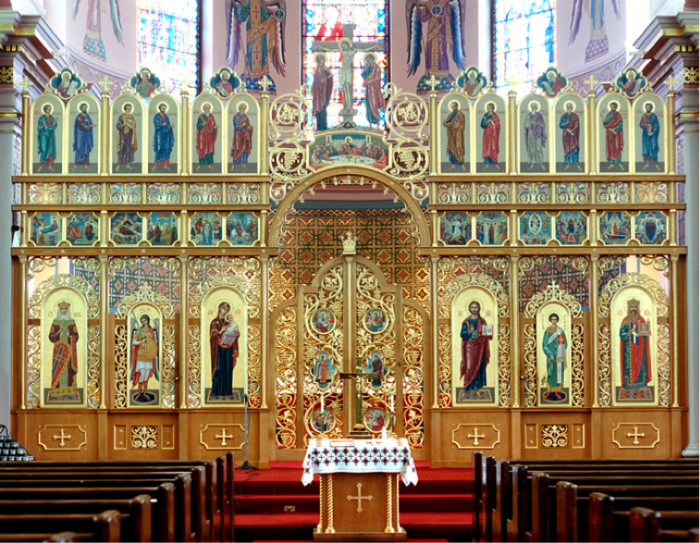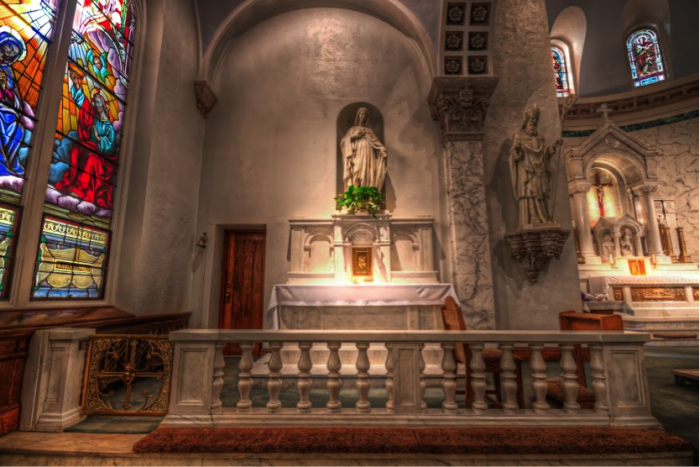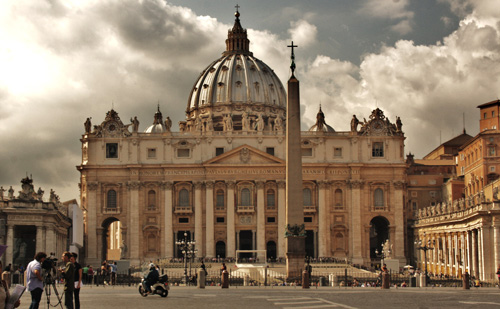Being from the prairies, one of the habits my mother instilled in me as a boy was to take off my shoes whenever I entered a home. It never occurred to me that you could step into a house any other way. How scandalized I was when we moved overseas in our 20s to find Londoners, Texans, and Australians marching straight through your front door without untying their laces. Alas! Not everyone has had the privilege of growing up with seven months of winter.
My childhood breeding has helped make certain parts of the Church more understandable, too; I think here of the placement of the altar rail. A lot of churches have scrapped them. But they seem to be making a revival, for good reason. If the narthex represents the place for the seeker, and the nave the spot for the believer, the sanctuary is where lovers meet. It’s here that we draw near to the holy of holies—the bedroom, as it were, of the groom. In the west it’s the altar rail, and in the east, it’s the iconostasis that signals our movement from mere friendliness to tender intimacy with the Lord. I’m always thankful when I pray in a church that retains the rail: it helps me mark this transition, and remember to take off my boots.













